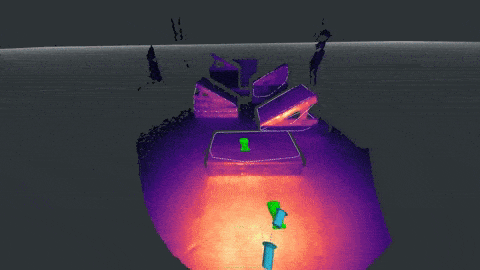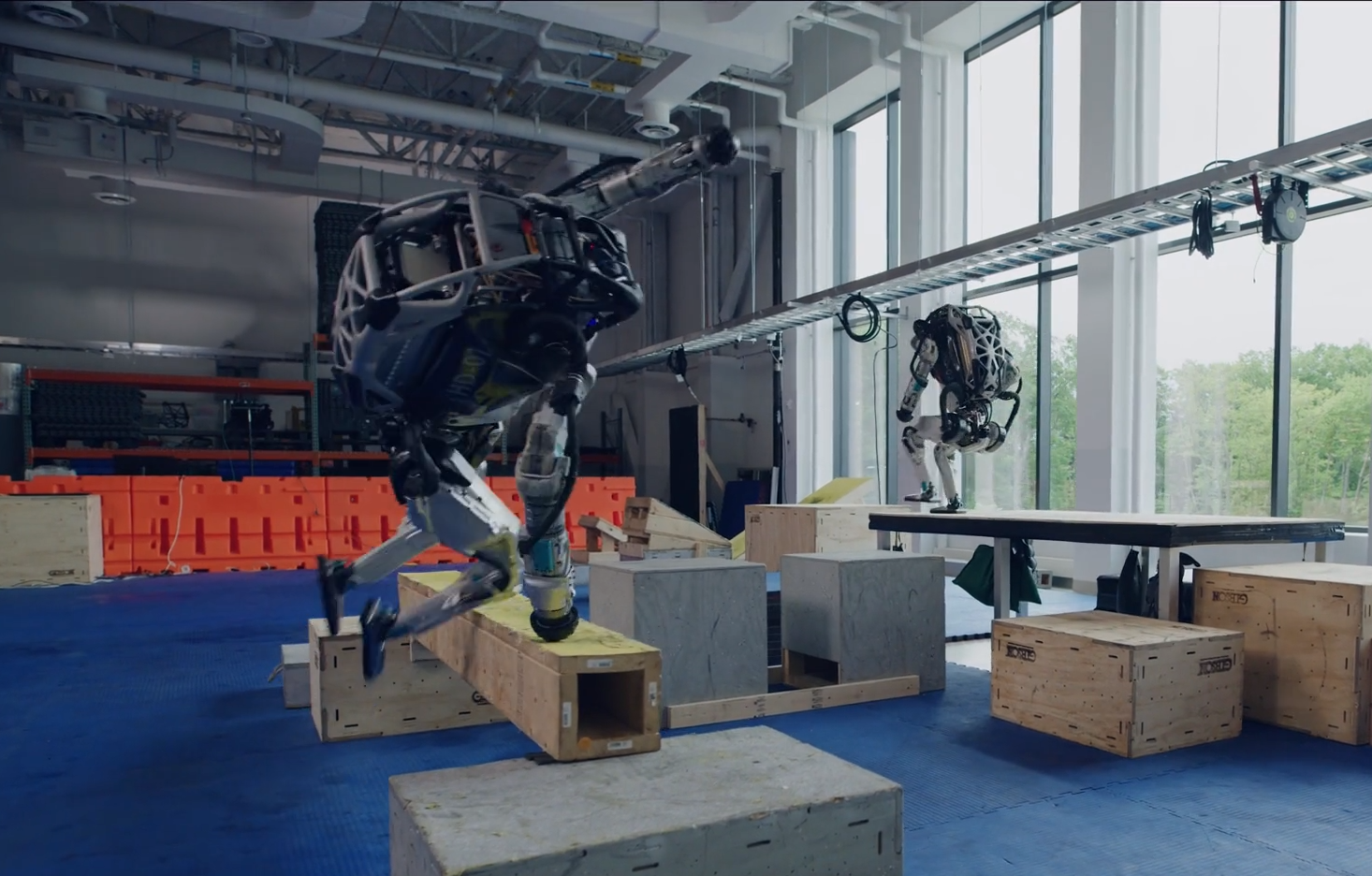In the realm of robotics, few entities have captured the imagination of engineers and tech enthusiasts quite like Boston Dynamics. Renowned for pushing the boundaries of what’s possible in robotics, their flagship creation, the Atlas Humanoid robot, stands as a testament to innovation and engineering prowess.
The Anatomy of Atlas
Bipedal Locomotion Mastery
At the core of Atlas’s engineering brilliance lies its mastery of bipedal locomotion. Walking on two legs may seem mundane to humans, but translating this into a robotic system involves intricate engineering. Boston Dynamics has tackled this challenge by incorporating advanced algorithms that govern balance and motion control. The result? A robot that moves with a fluidity and adaptability reminiscent of its human counterparts.

Dynamic Movement: Beyond Human Limits
What sets Atlas apart is not just its ability to walk but its dynamic movement capabilities. The robot can execute jumps and backflips, showcasing a level of agility that defies conventional expectations. This is achieved through a combination of sophisticated actuators, precise sensor feedback, and algorithms that calculate optimal trajectories. The synergy between hardware and software allows Atlas to navigate challenging terrains with a finesse that’s both impressive and unprecedented.

Sensory Symphony: Perception in Robotic Form
Stereo Cameras and Environmental Awareness
For Atlas to interact seamlessly with the environment, it relies on an array of sensors. Stereo cameras capture depth information, enabling the robot to perceive its surroundings in three dimensions. This visual data forms the foundation for decision-making algorithms that govern navigation and object recognition. In the dynamic real-world scenarios that Atlas is designed to handle, this sensory input is crucial for effective interaction.

Balance Sensors for Precision
Maintaining balance is a perpetual challenge for bipedal robots. Atlas employs a suite of balance sensors distributed across its frame. These sensors continuously monitor the robot’s orientation and make rapid adjustments to ensure stability. The integration of gyroscopes and accelerometers provides real-time data that the control system uses to make split-second decisions, mimicking the intricate proprioception that humans possess.

Precision Manipulation: The Art of Grasping
Dextrous Arms and Hands
Atlas’s upper limbs are a marvel of engineering, designed for precision manipulation. The robot’s arms feature a combination of joints and actuators that mimic human-like movement. The hands, equipped with tactile sensors, enable the delicate grasping of objects. This manipulation capability opens avenues for tasks ranging from lifting and carrying to more intricate operations, expanding Atlas’s utility across diverse applications.

If you are interested in read more articles about Artificial Intelligence then click here. You can also join following online course to learn Fundamental course on Artificial Neural Network with MATLAB.
Autonomous Cognition: The Brain Behind the Brawn
Onboard Computing Power
Atlas is not merely a puppet responding to external commands; it possesses a level of autonomy that elevates its capabilities. At its core, an onboard computer processes vast amounts of data from sensors and executes complex algorithms for decision-making. This computing power enables Atlas to navigate semi-autonomously, adapting to unforeseen challenges in real-time.
Machine Learning Integration
Boston Dynamics has embraced machine learning to enhance Atlas’s adaptability. The robot learns from its experiences, refining its movements and decision-making processes over time. This iterative learning approach aligns with the principles of artificial intelligence, paving the way for robots that continually improve their performance through exposure to diverse environments and tasks.
Future Frontiers: Where Atlas Leads, Others Follow
As Boston Dynamics continues to refine and advance the capabilities of Atlas, the impact on robotics and automation is profound. The integration of cutting-edge engineering principles, from dynamic locomotion to sensory perception, positions Atlas as a pioneer in the field. The journey of Atlas is not just a showcase of technical achievement but a roadmap for the future of humanoid robotics.
In conclusion, the Atlas Humanoid robot by Boston Dynamics stands as an engineering marvel, a convergence of mechanical ingenuity, computational power, and artificial intelligence. As engineers, we find inspiration and challenge in dissecting the intricacies of this robotic masterpiece, knowing that it paves the way for a future where machines seamlessly integrate into our dynamic world. As we unravel the mysteries of Atlas, we also unravel the boundless possibilities that lie ahead in the realm of robotics and automation.
All source and reference:
www.bostondynamics.com

